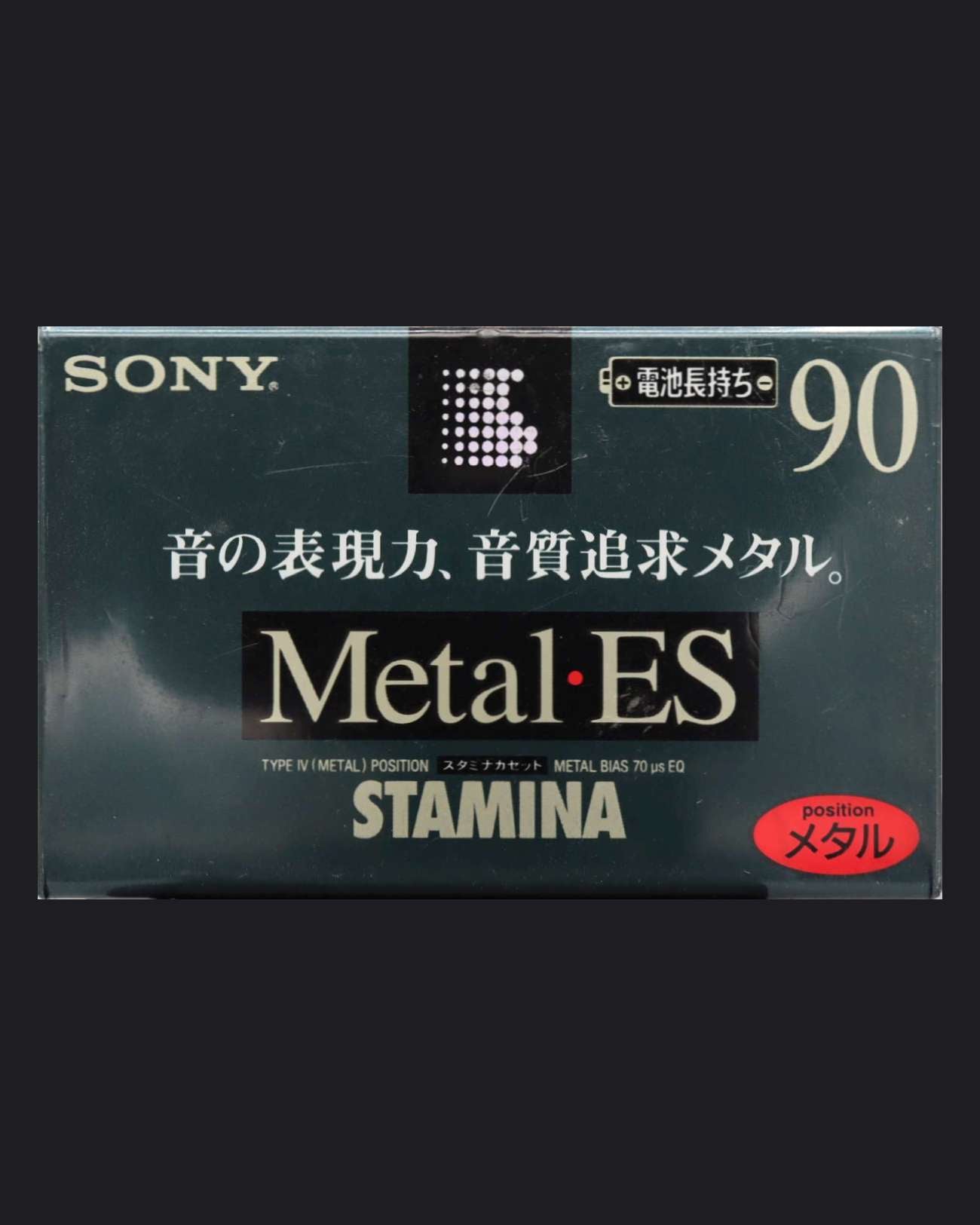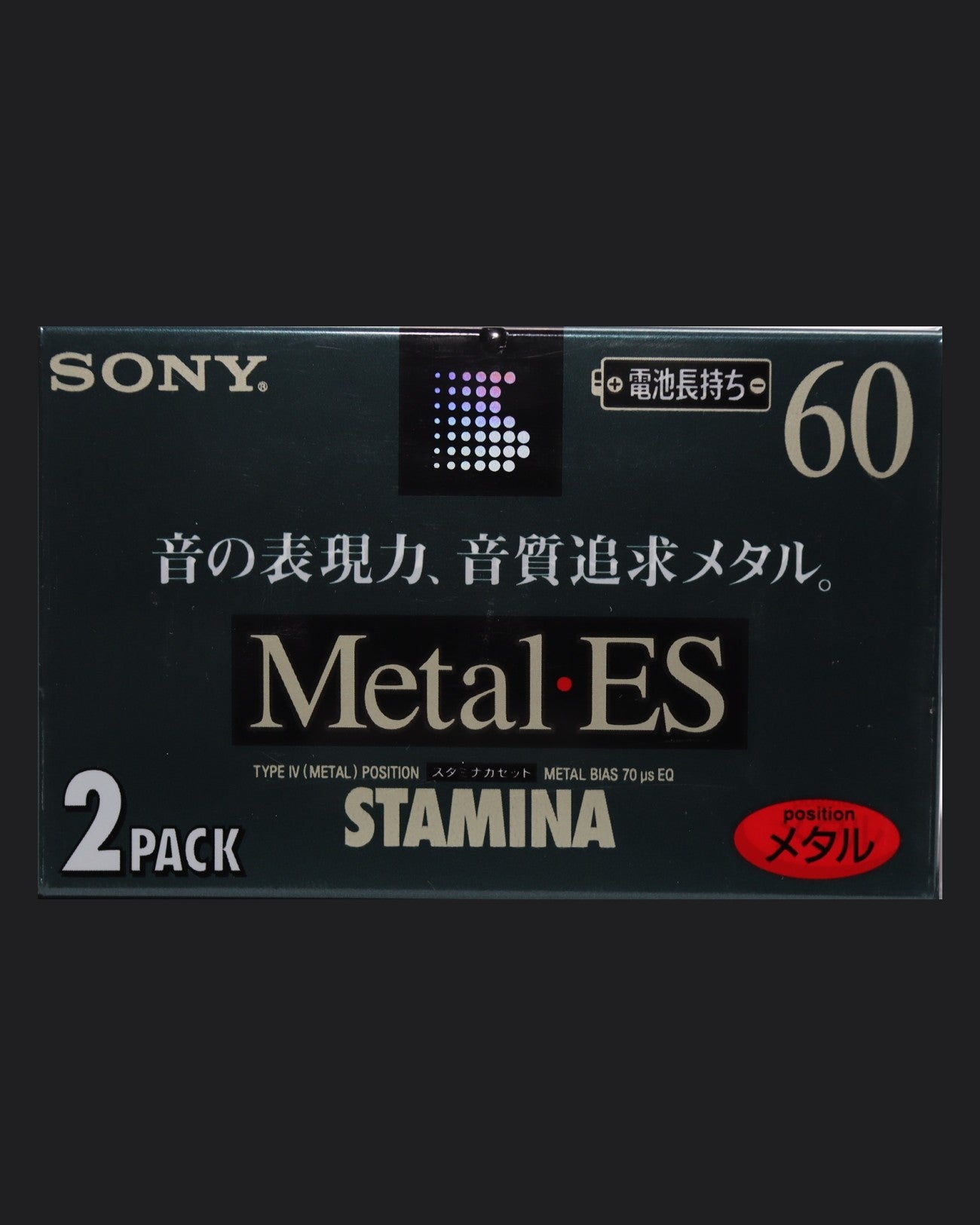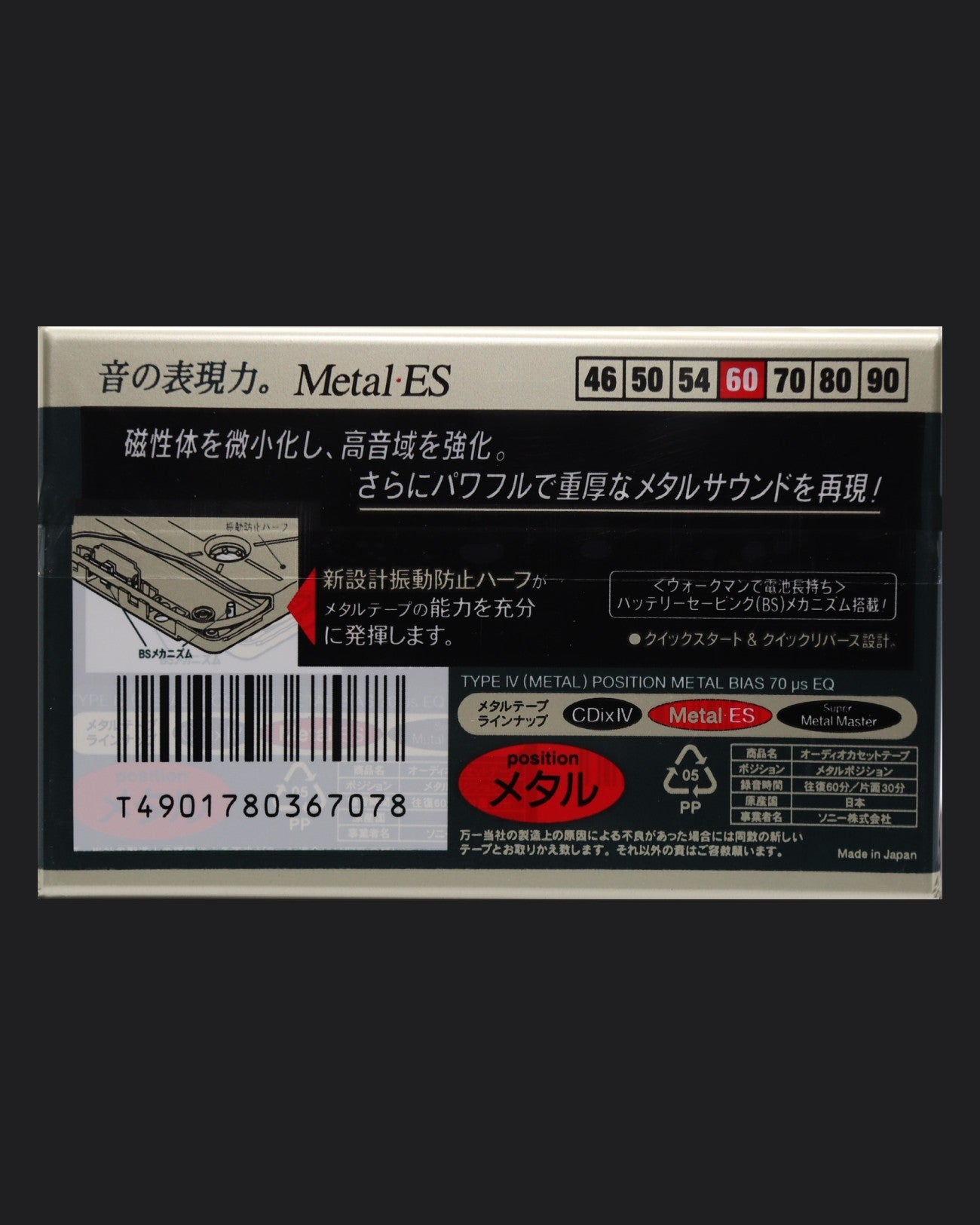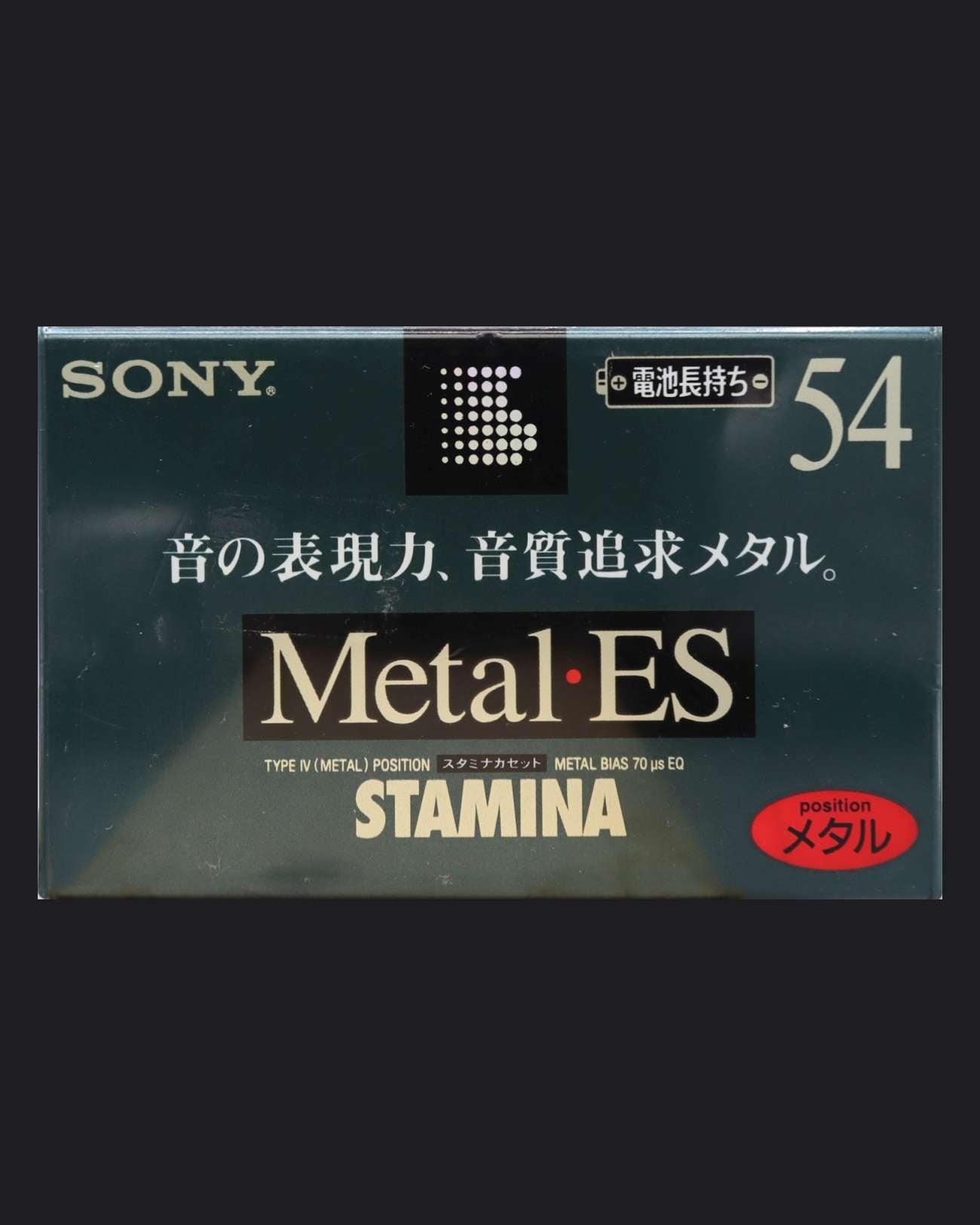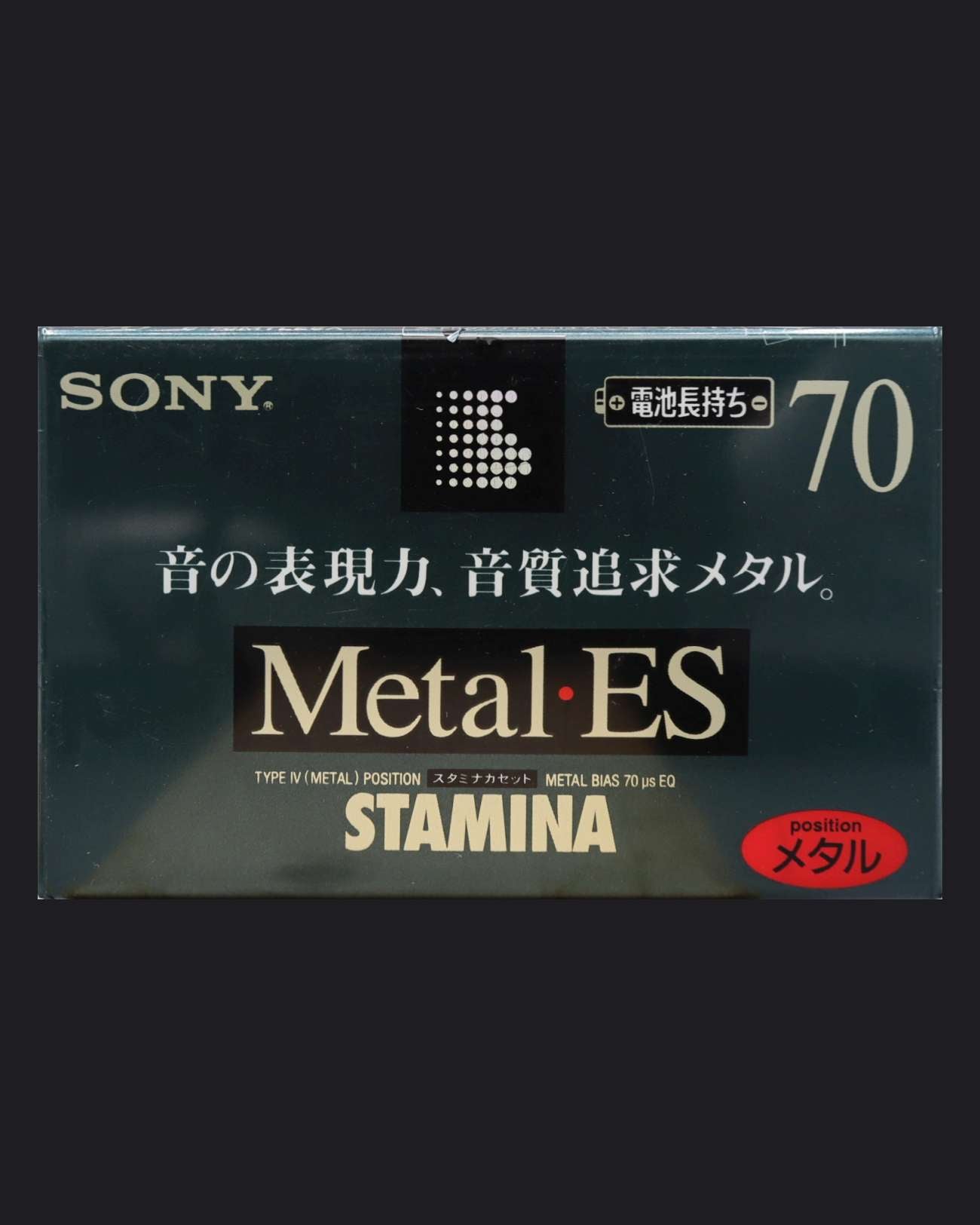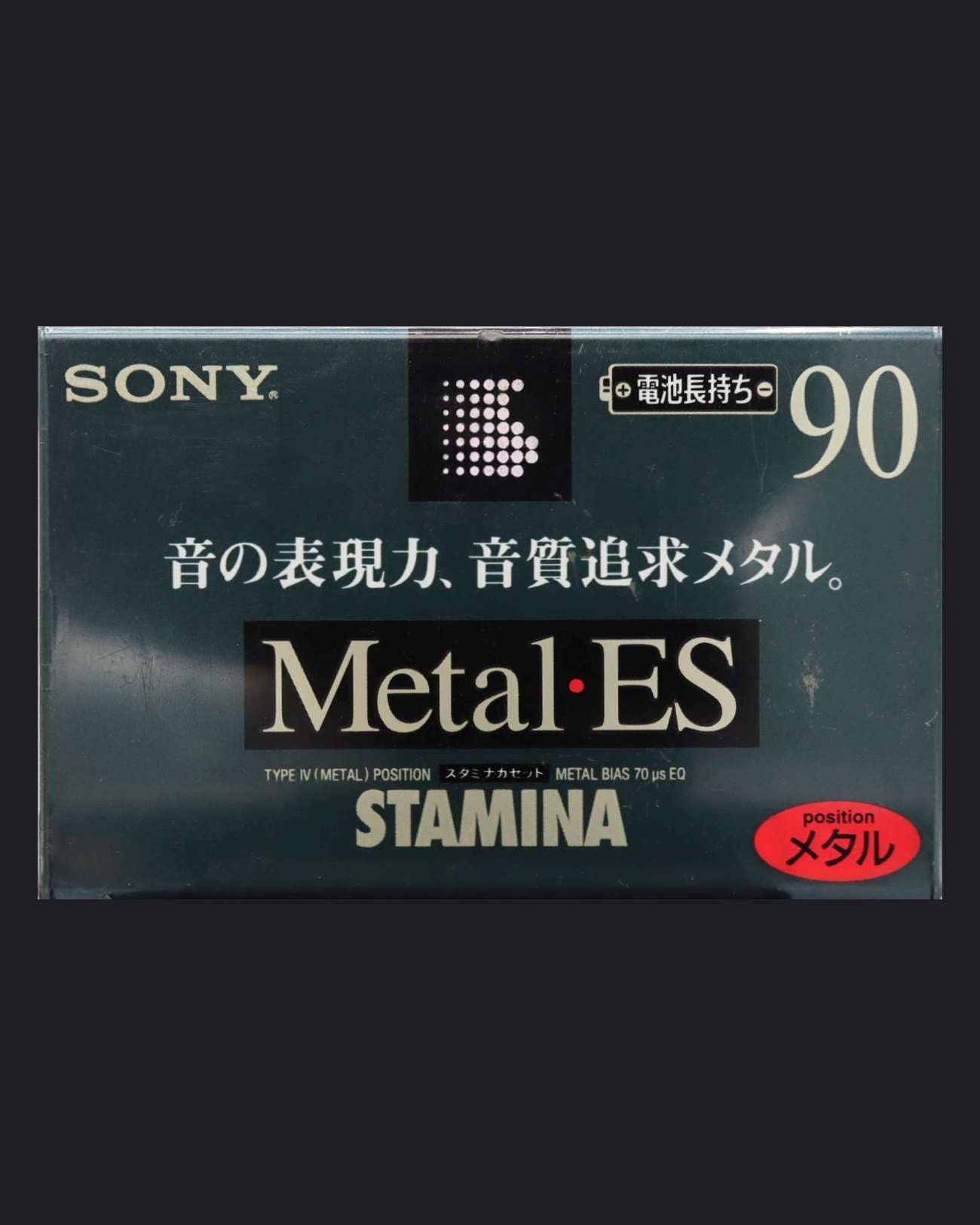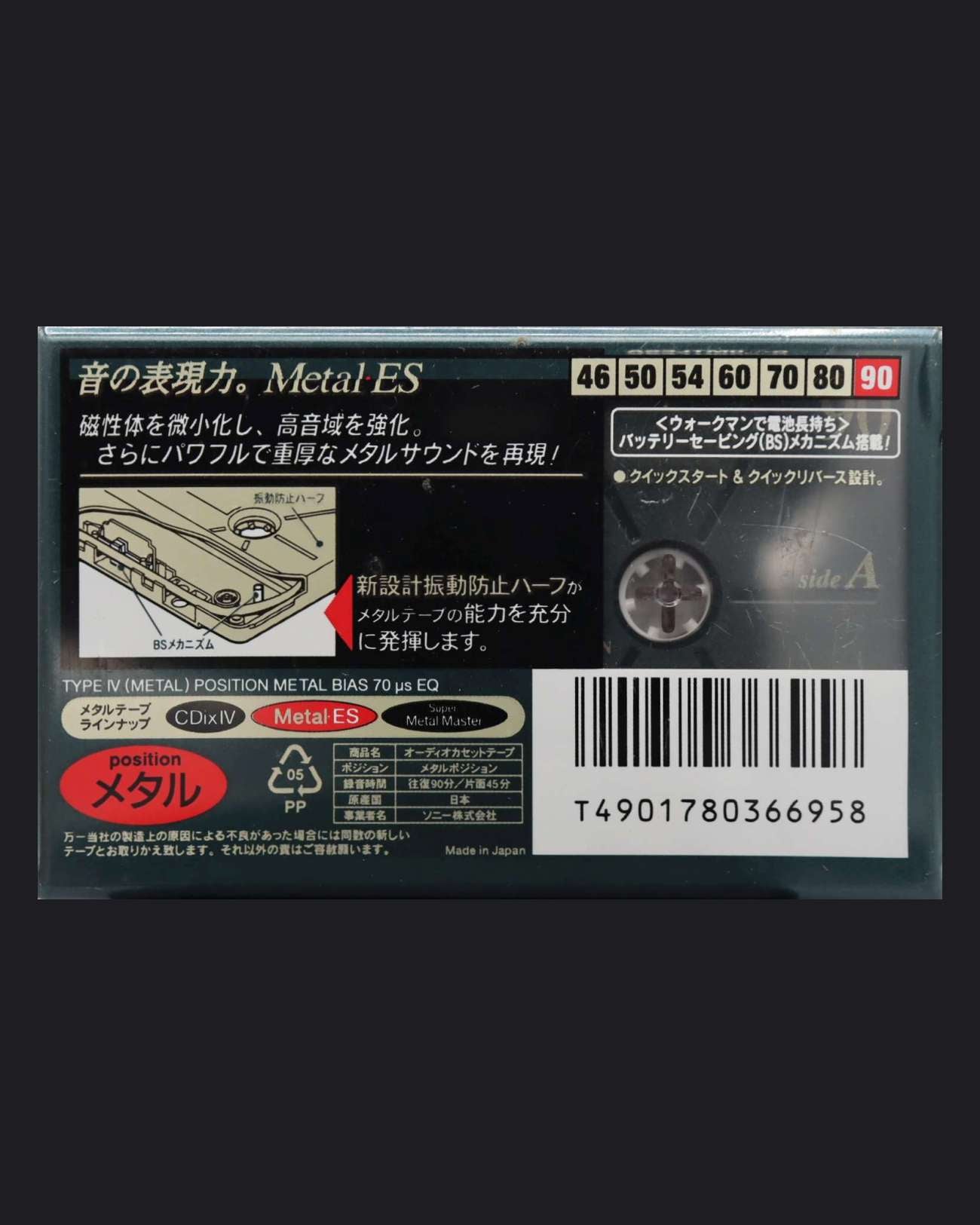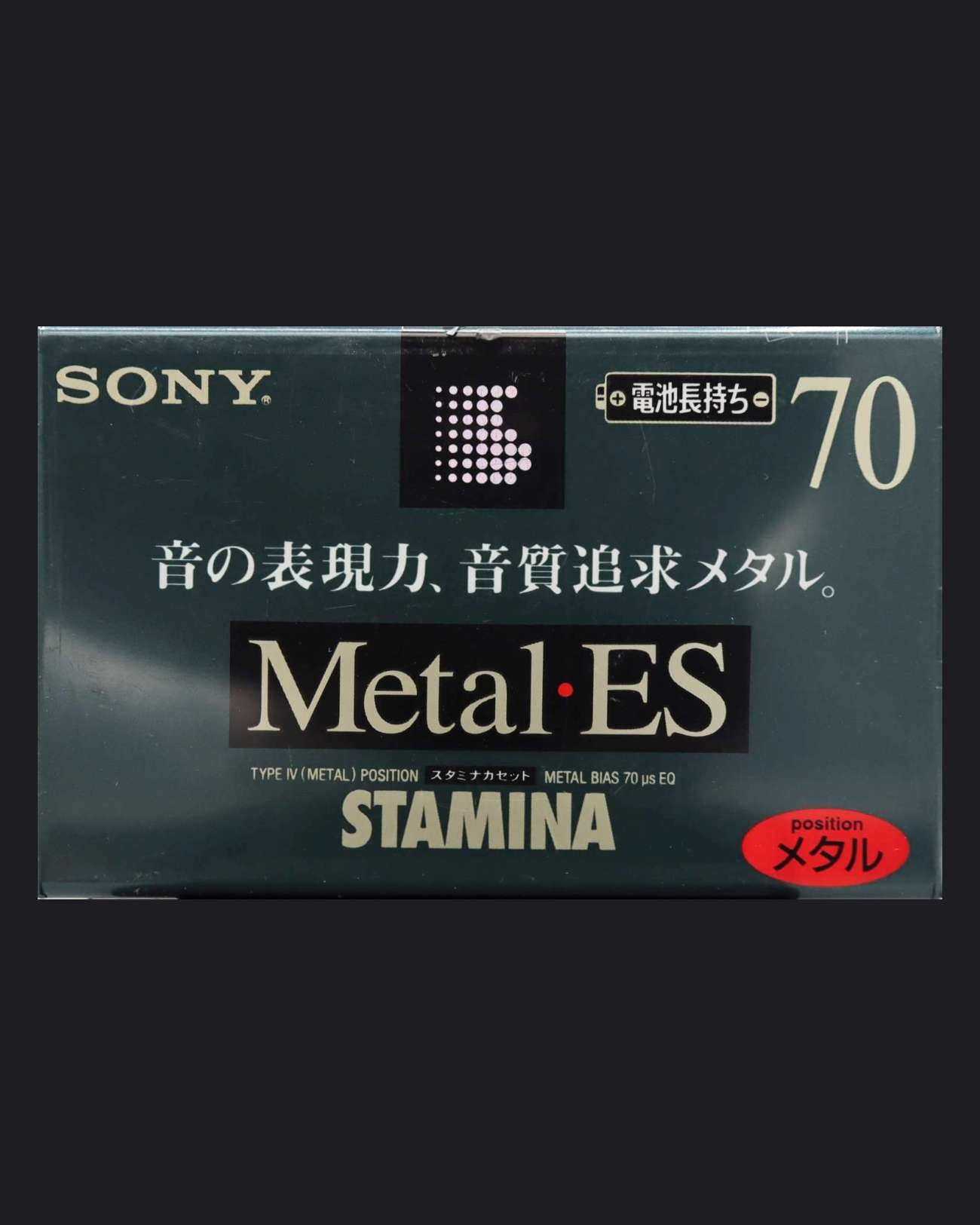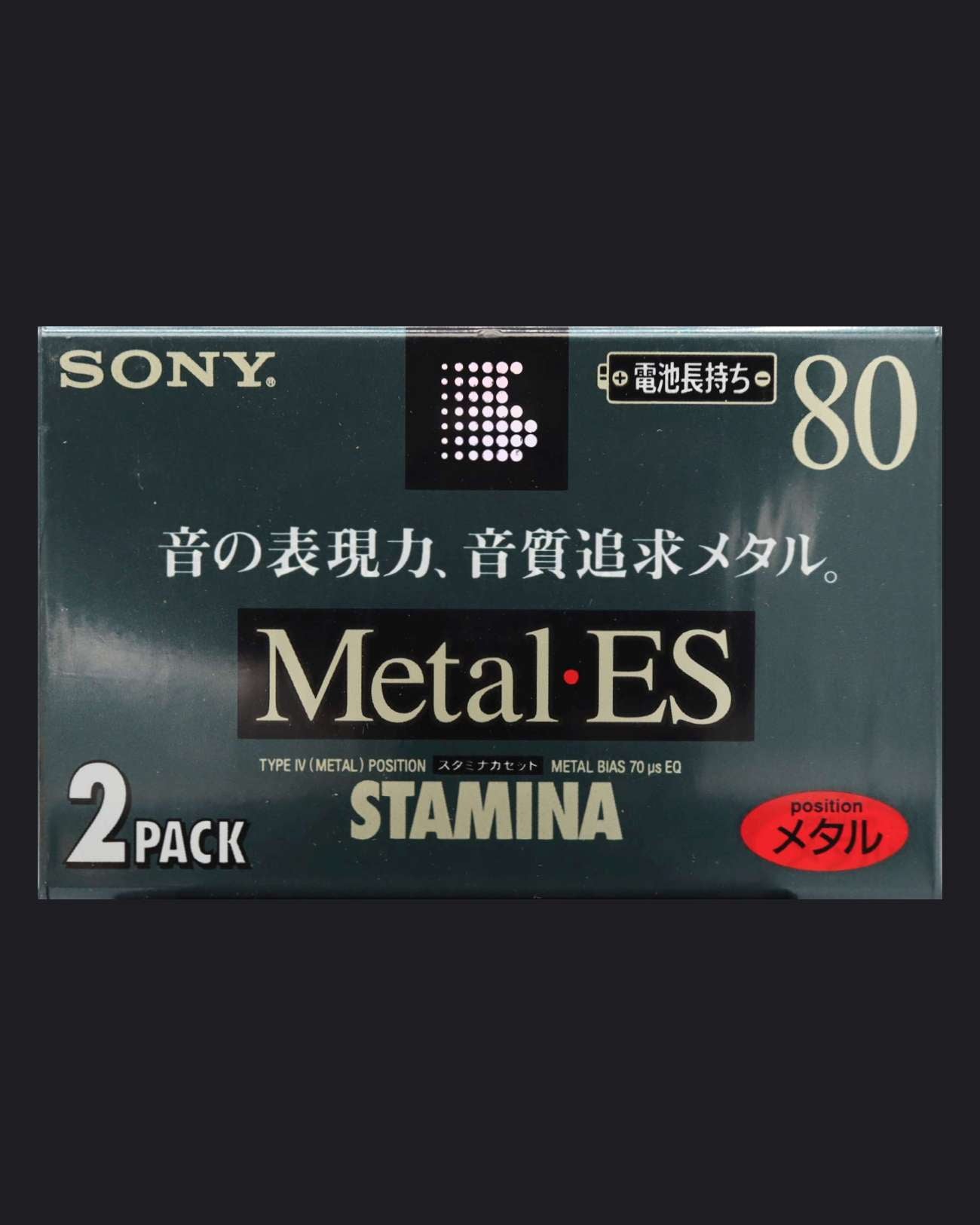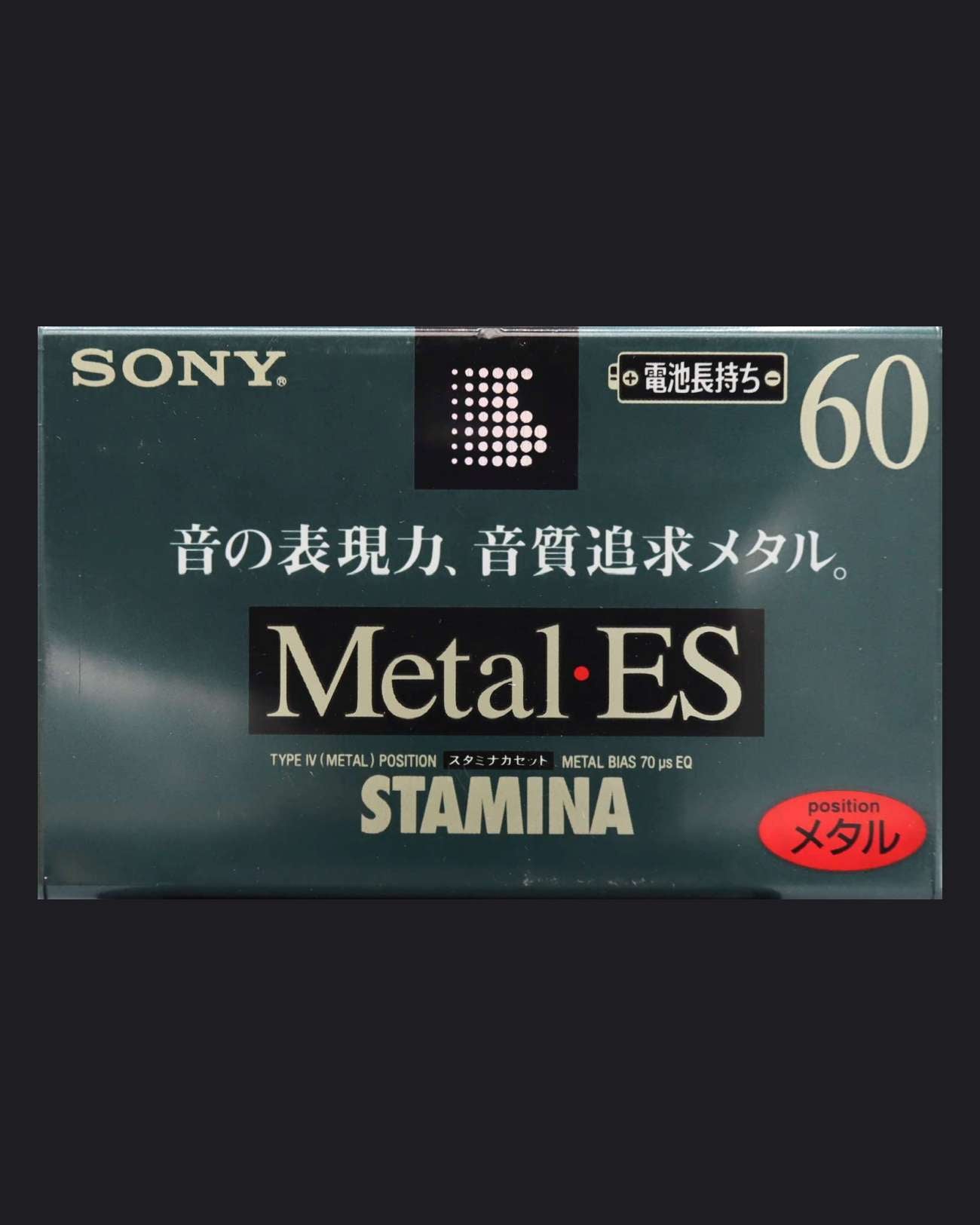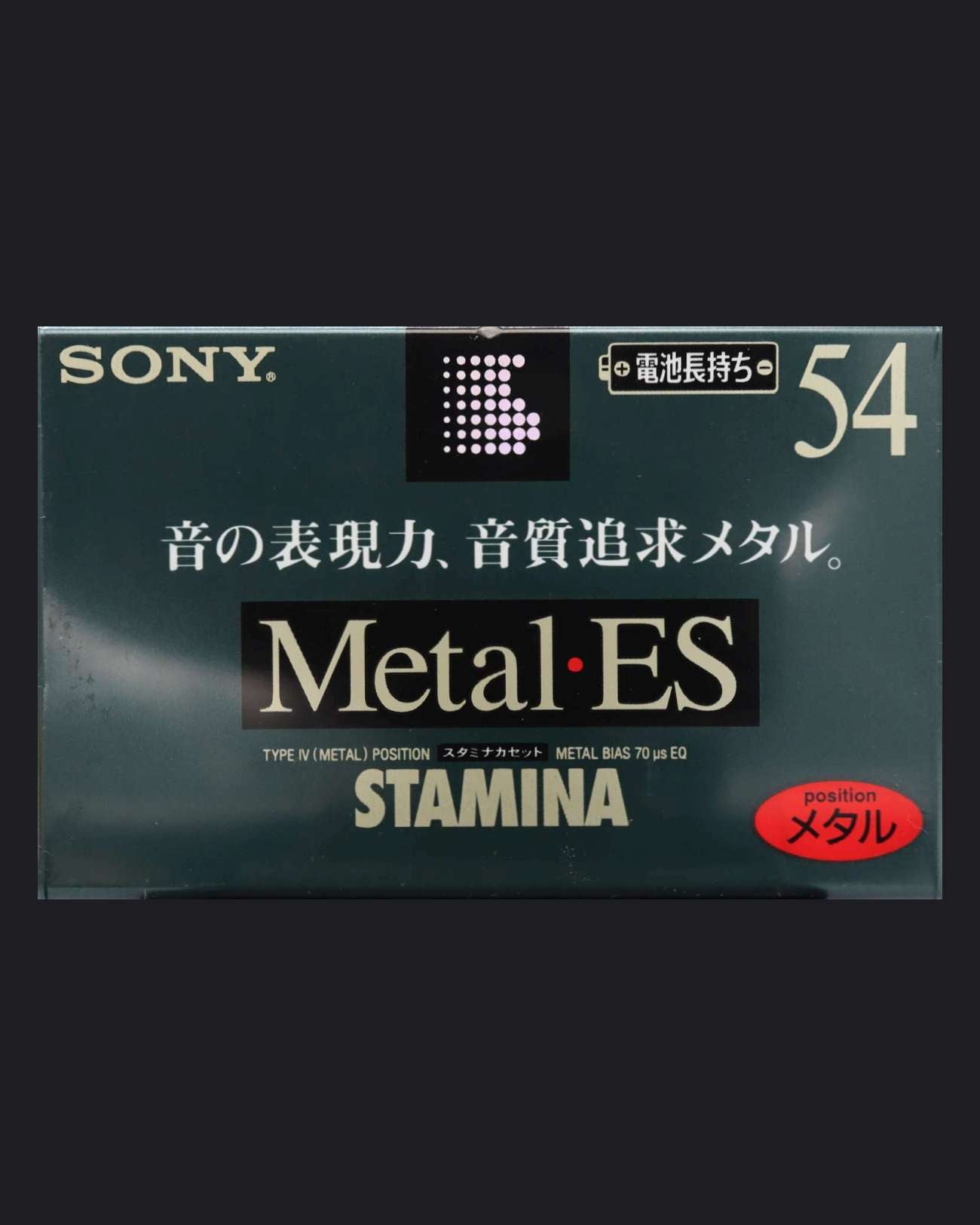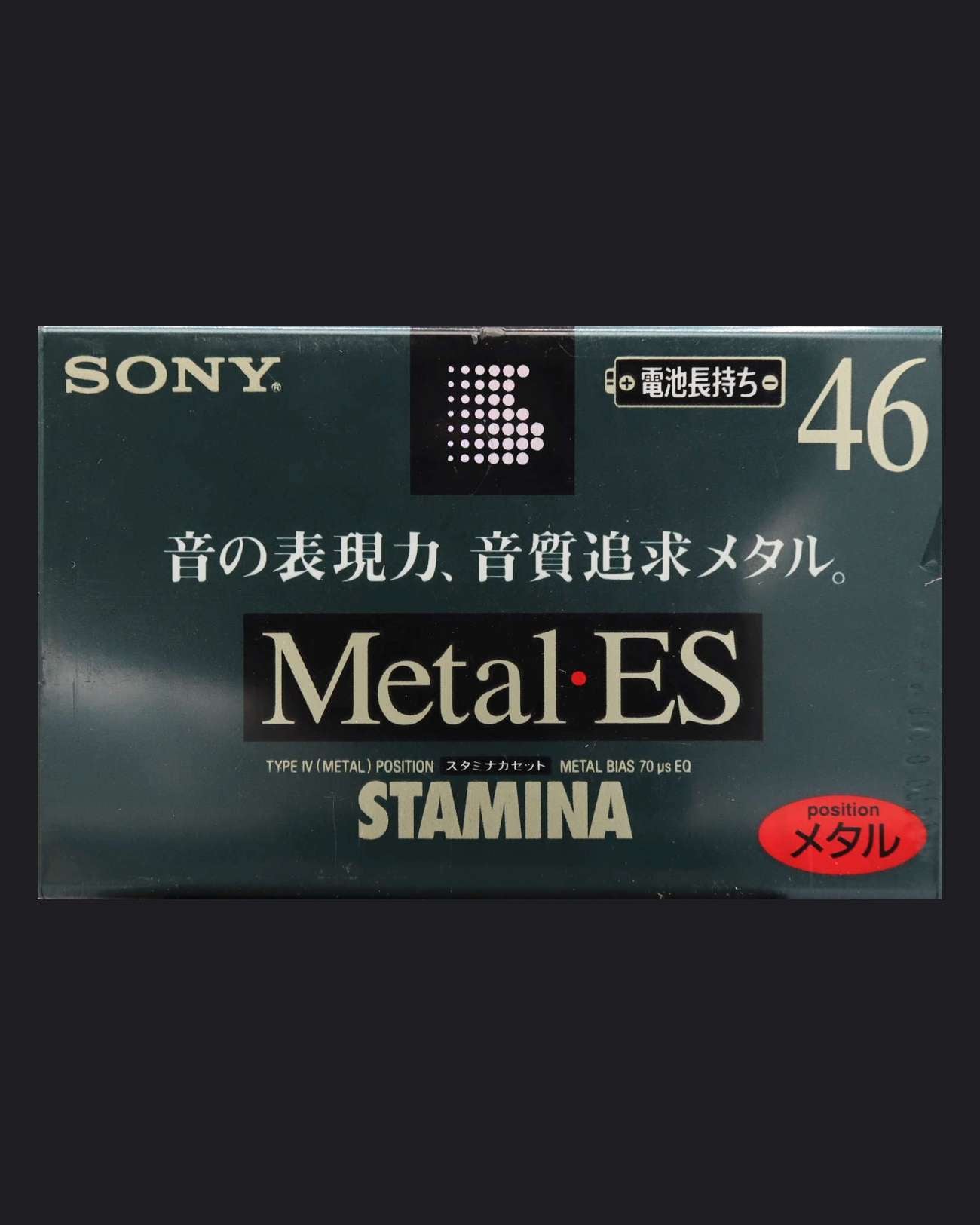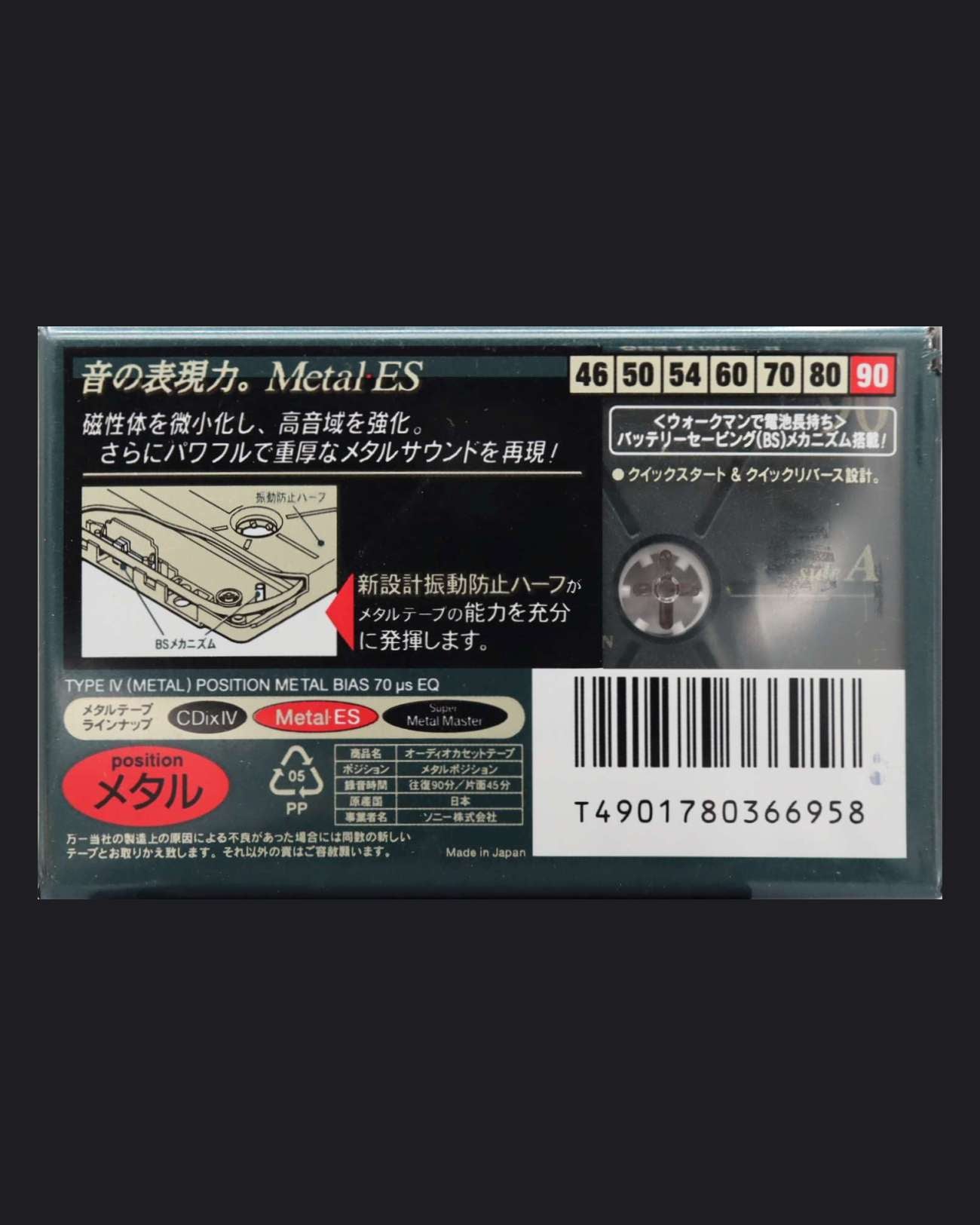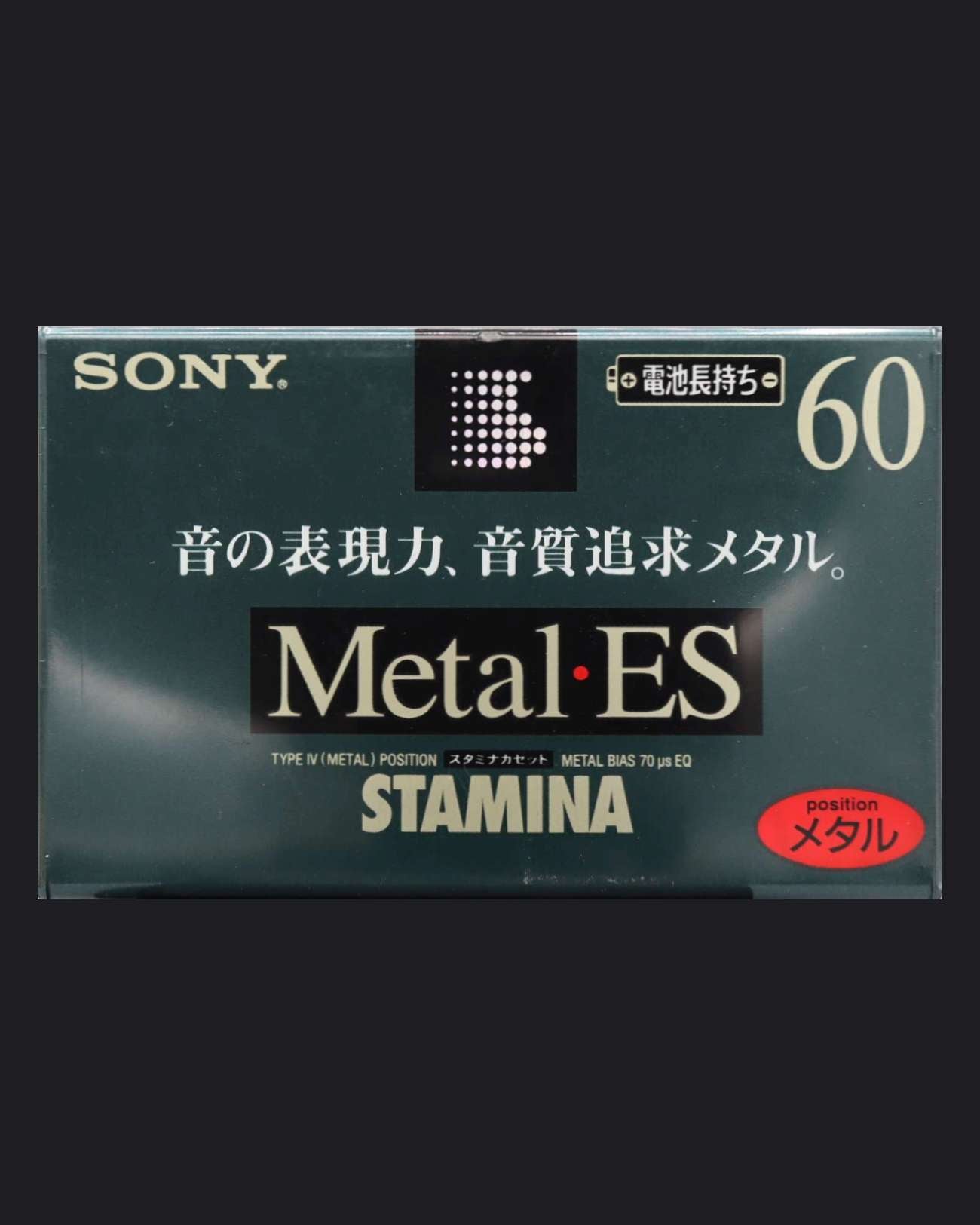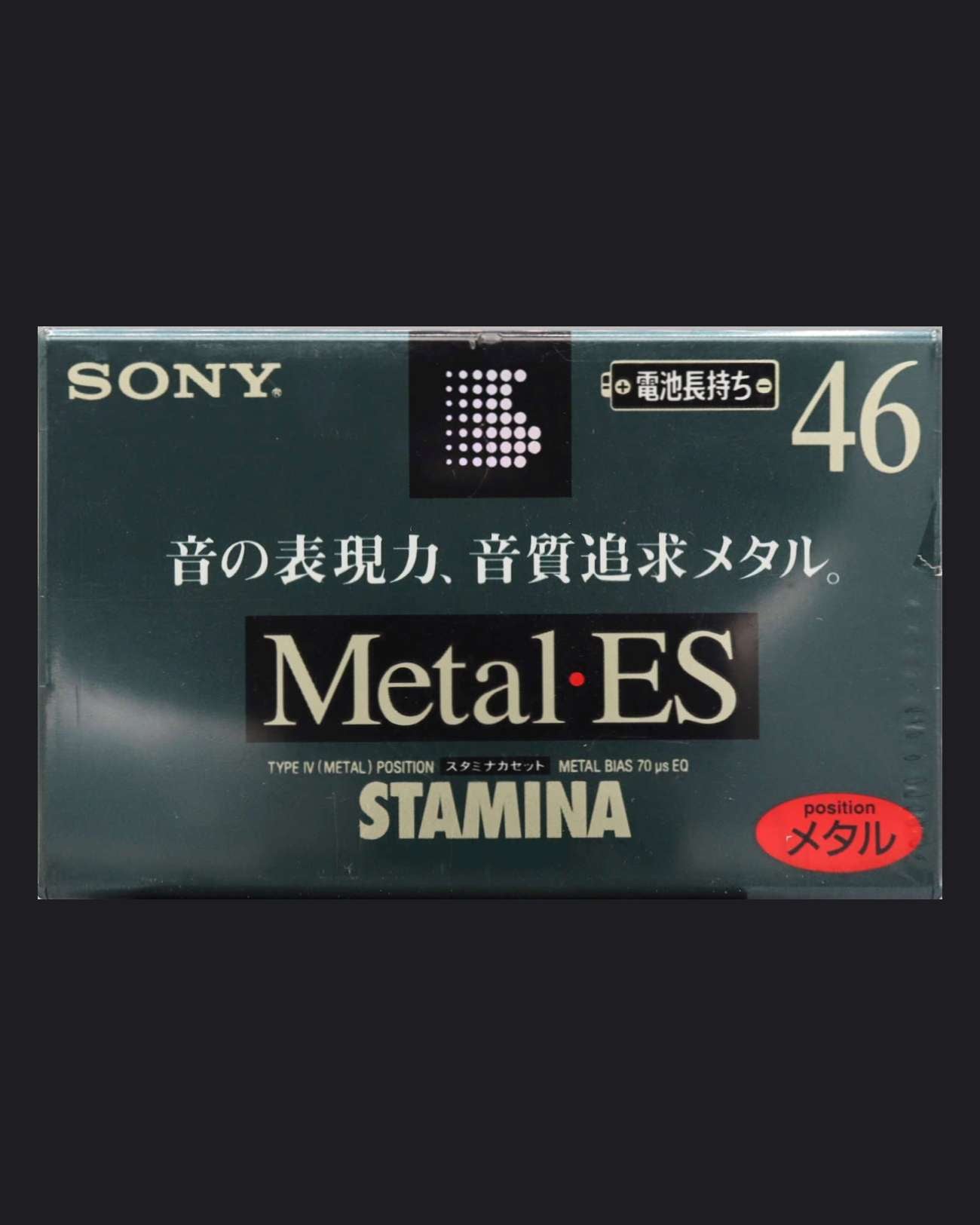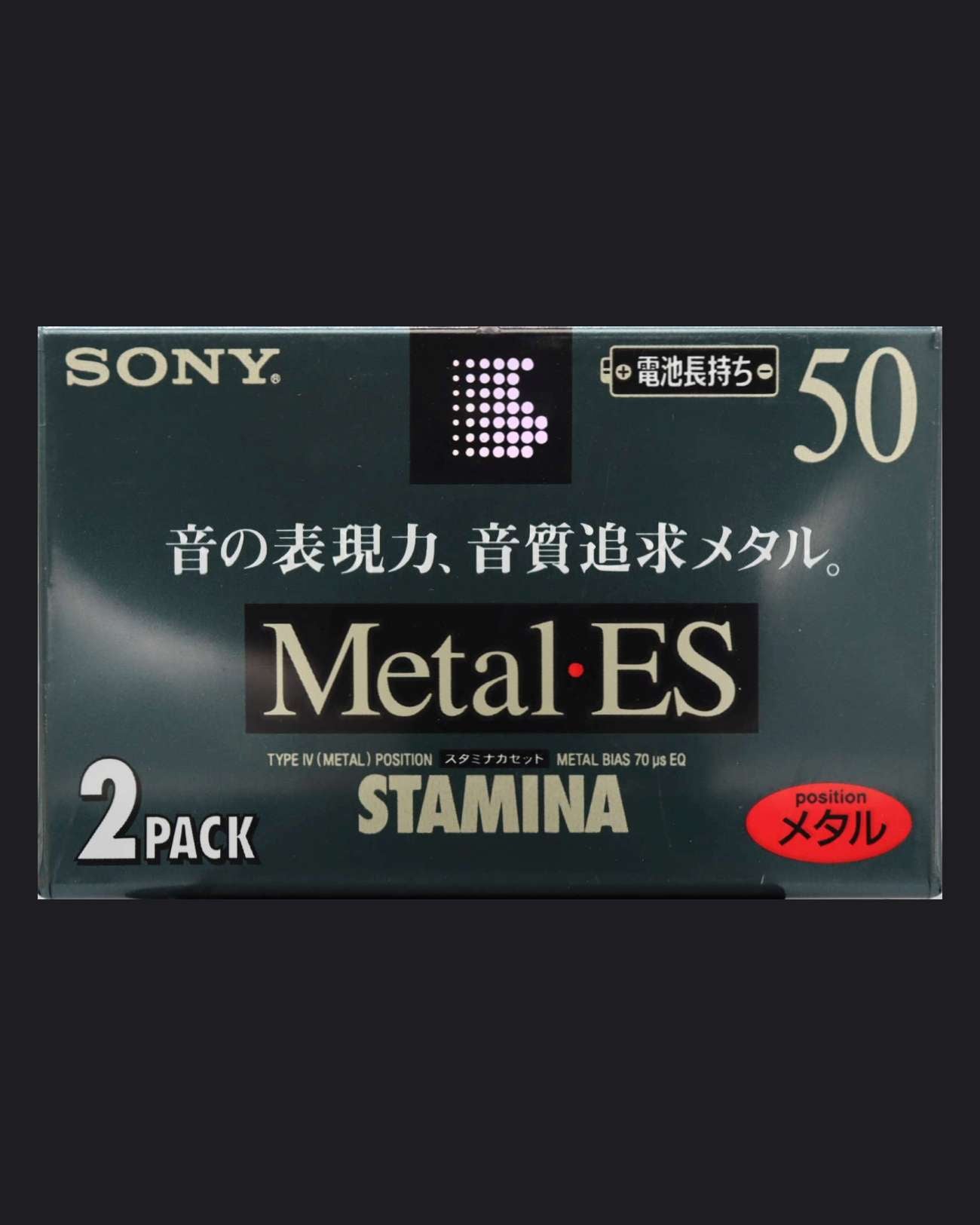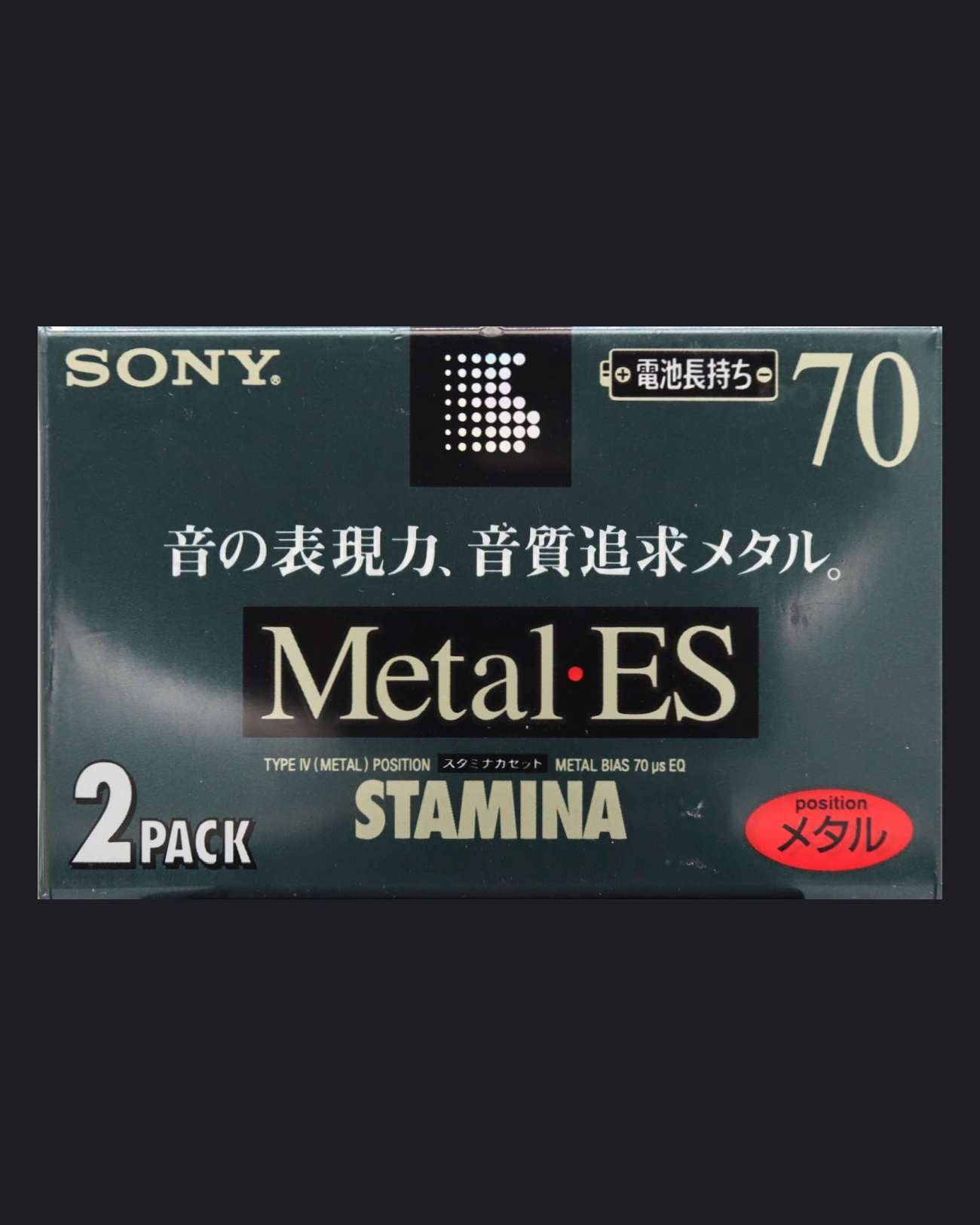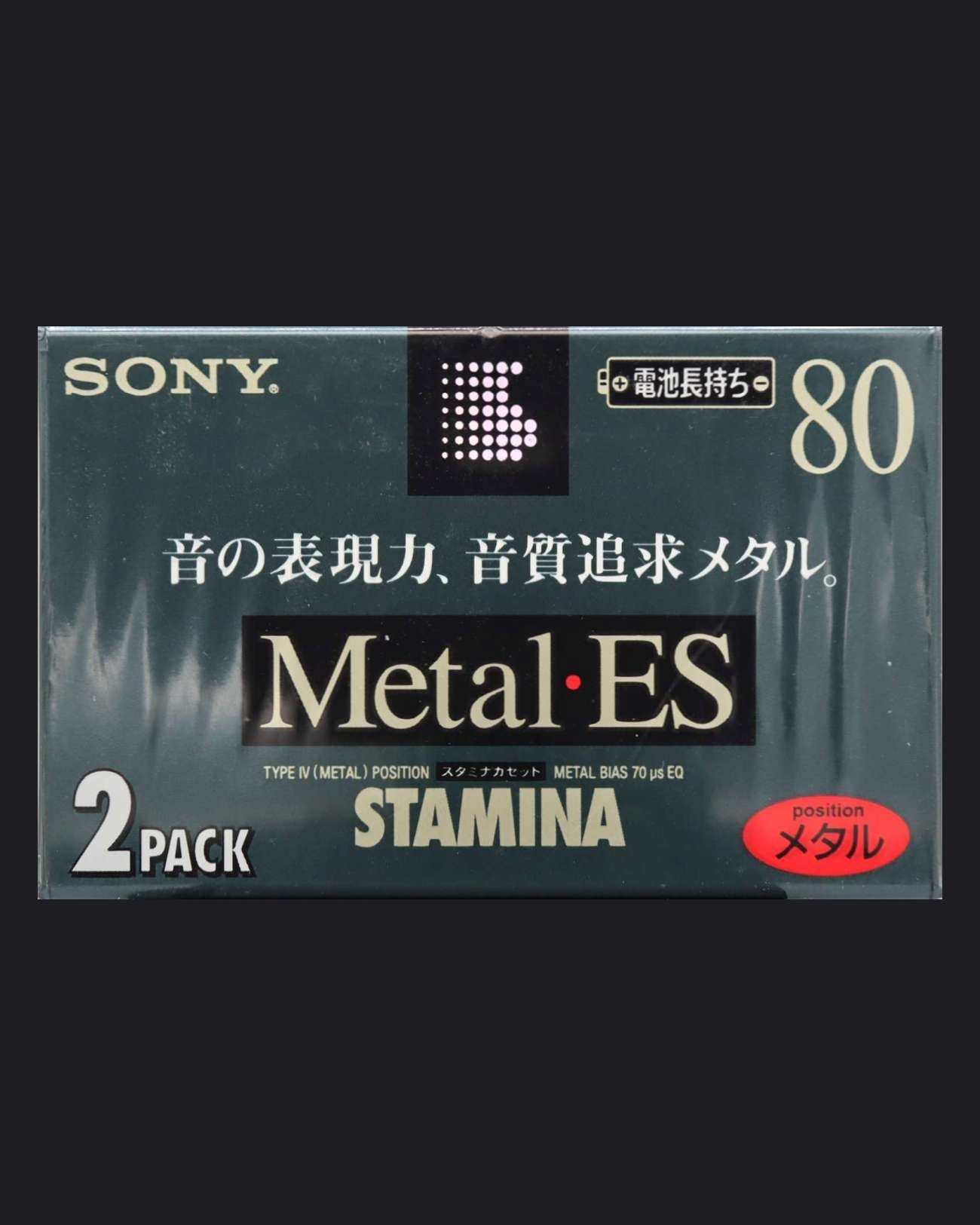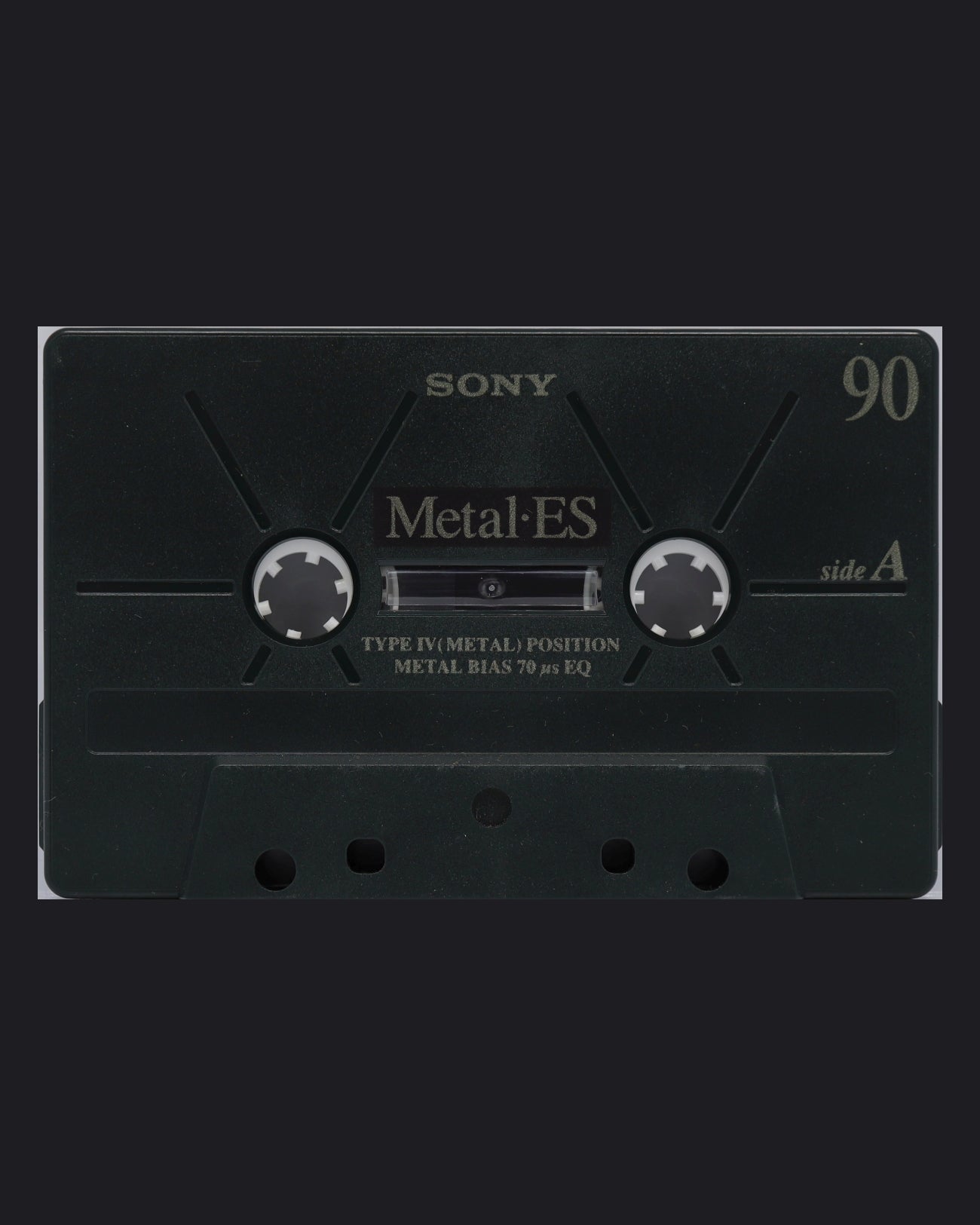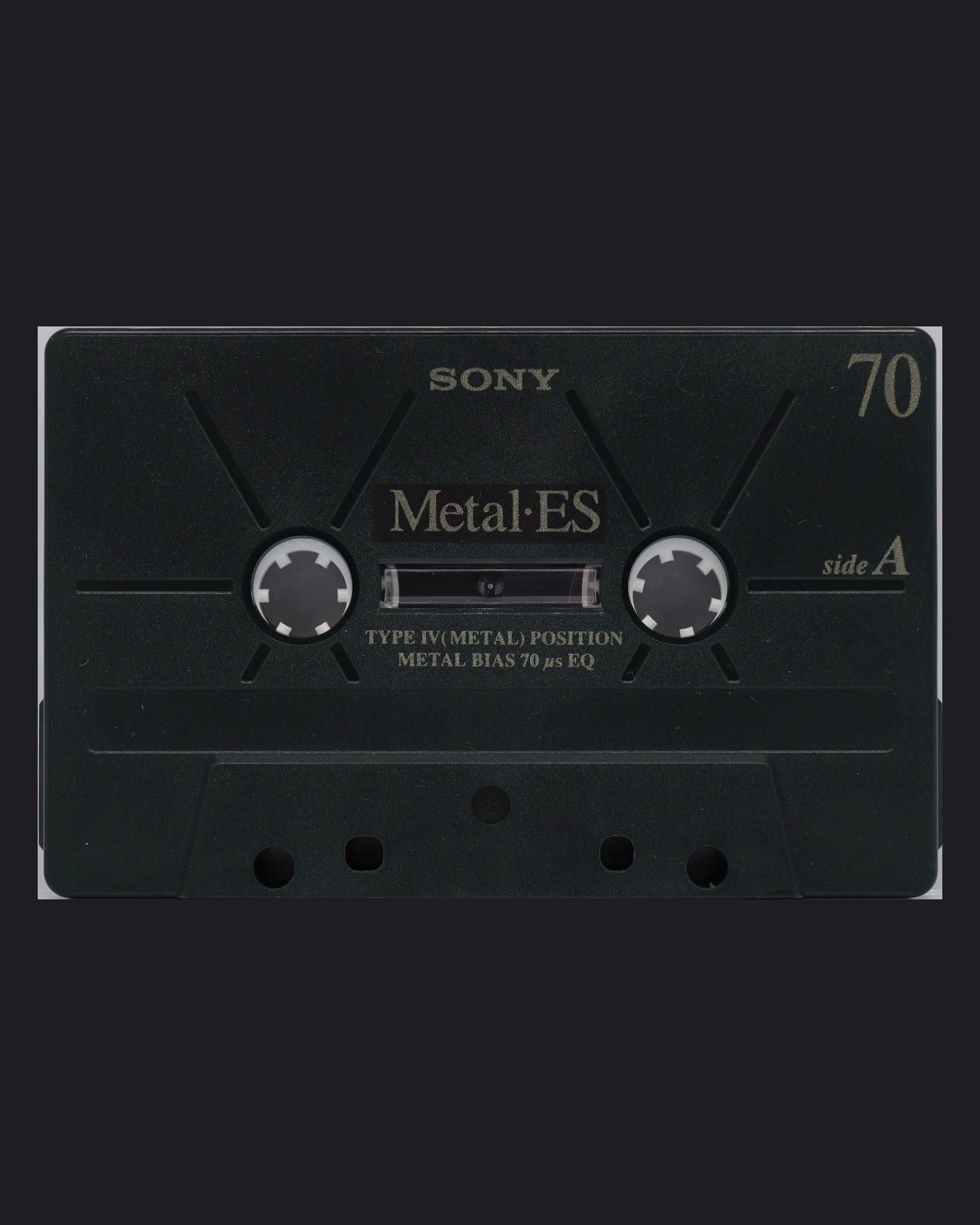Sony Metal-ES (1996 JP)
Sony Metal-ES (1996 JP)
In stock
Couldn't load pickup availability
Sony Metal-ES (1996 JP) Cassette Tape
C-Stock Information - Important!
Please read our C Stock collection page terms carefully before purchasing any C Stock items.
Sony Metal-ES Cassette Description
The Sony Metal-ES (1996 JP) cassette tape is a high-quality audio cassette designed for professional and enthusiast use. It is part of the renowned Sony Metal series, known for its durability and excellent sound quality. The cassette tape is manufactured in Japan, ensuring strict quality control and adherence to high standards.
Sony Metal-ES Technical Specifications
- Relative Sensitivity: +1.2 dB
- THD @ Dolby Level: 0.29%
- Maximum Output Level (MOL) at 400 Hz (1%): +6.2 dB
- Maximum Output Level (MOL) at 400 Hz (3%): +10.0 dB
- Maximum Output Level (MOL) at 1 kHz (3%): +9.2 dB
- Saturated Output Level (SOL) at 10 kHz: -0.2 dB
- Bias Noise: -53.7 dB, -58.4 dB(A)
- Dynamic Range: 68.4 dB
User Reviews
Users have praised the Sony Metal-ES for its exceptional performance in terms of distortion, maximum output levels, and dynamic range. One user noted, "This tape, combined with a Nakamichi 1000ZXL, would be a dream setup for audiophiles." Another reviewer mentioned, "The frequency response is impressive, although it does require a recorder with adjustable equalization to fully optimize its potential."
Sony Metal-ES Key Features
- High Sensitivity: The cassette tape boasts a relative sensitivity of +1.2 dB, ensuring it can handle a wide range of recording levels.
- Low Distortion: With a THD @ Dolby level of 0.29%, this cassette tape provides clear and distortion-free audio.
- High Dynamic Range: The dynamic range of 68.4 dB ensures that the tape can capture a wide range of audio frequencies without loss of detail.
- Durability: Manufactured in Japan, this cassette tape is known for its durability and long-lasting performance.
Improvements over Previous Generation
The Sony Metal-ES cassette tape builds upon the success of its predecessors by offering improved sensitivity and lower distortion levels. The increased maximum output levels at both 400 Hz and 1 kHz frequencies make it suitable for a variety of recording applications. Additionally, its dynamic range is enhanced, providing a more detailed and accurate audio reproduction.
Share
